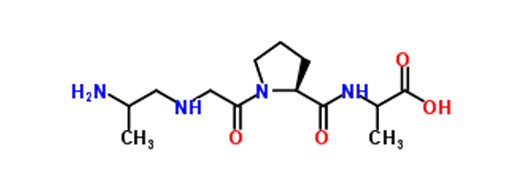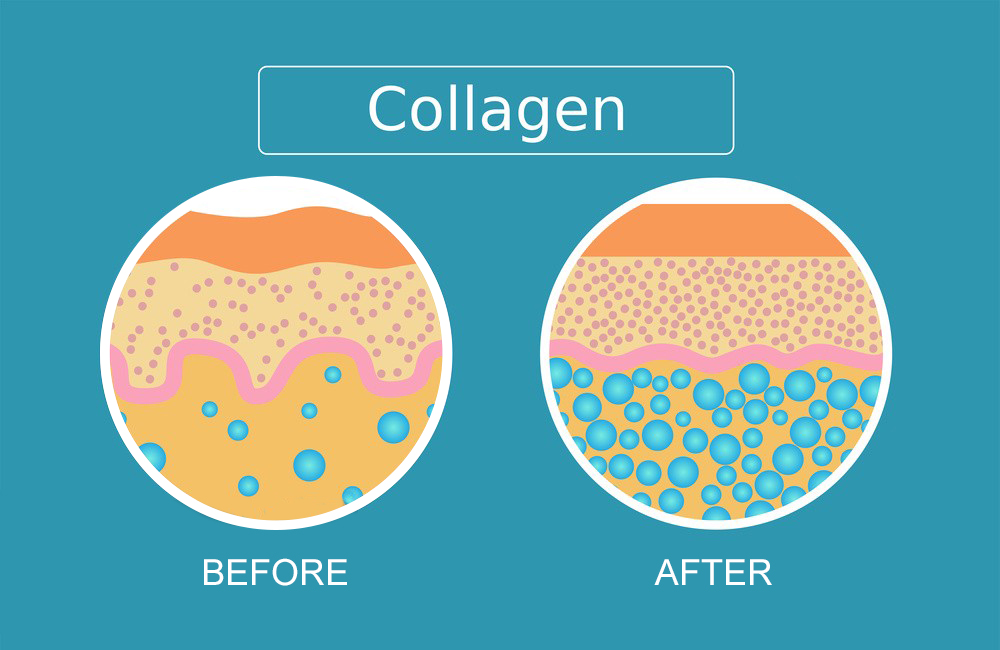Collagen is a fibrous protein that is a fundamental component of the extracellular matrix in various connective tissues throughout the body. It provides structural support, strength, and elasticity to tissues such as skin, bones, tendons, cartilage, and blood vessels. There are multiple types of collagen, each with slightly different structures and functions, but they all share some common characteristics.

Chemical Structure of Collagen:
Collagen is composed of amino acid building blocks, primarily glycine, proline, hydroxyproline, and alanine. These amino acids arrange themselves into a unique triple-helical structure, which is a defining feature of collagen. The three polypeptide chains that make up the triple helix are often referred to as the alpha chains. The primary structure of collagen is often denoted as (Gly-X-Y)n, where X and Y are typically proline and hydroxyproline, respectively.
The triple-helical structure is formed through hydrogen bonding between amino acid residues in adjacent chains, along with the presence of hydrophobic interactions and other non-covalent forces.
Physical Properties of Collagen:
- Strength and Rigidity: Collagen is known for its high tensile strength, which makes it incredibly resilient and able to withstand stretching forces. Its structure provides tissues with the ability to resist deformation.
- Flexibility and Elasticity: While collagen is strong, it also possesses a degree of flexibility and elasticity, which is important for allowing tissues like skin to stretch and recover without tearing.
- Transparency: In some forms, such as collagen found in the cornea of the eye, collagen can be transparent due to its organized structure and minimal light scattering properties.
- Solubility: Collagen is insoluble in water and most organic solvents due to its triple-helical structure and the extensive crosslinking that occurs between collagen molecules in tissues.
- Biodegradability: Over time, collagen is broken down by enzymes in the body, allowing for tissue remodeling and turnover. This property is important for wound healing and tissue repair.

- Regeneration: Collagen-rich tissues, like skin, have the ability to regenerate to some extent. This is facilitated by the presence of collagen and other extracellular matrix components.
- Heat Stability: Collagen can denature at high temperatures, leading to changes in its structure and loss of its functional properties. This is why collagen-based materials are often used in cooking, as in the case of gelatin.
It’s important to note that different types of collagen have slightly different properties based on their specific amino acid composition, arrangement, and tissue location. Overall, collagen’s unique structure and properties play a critical role in maintaining the structural integrity and function of various tissues throughout the body.
